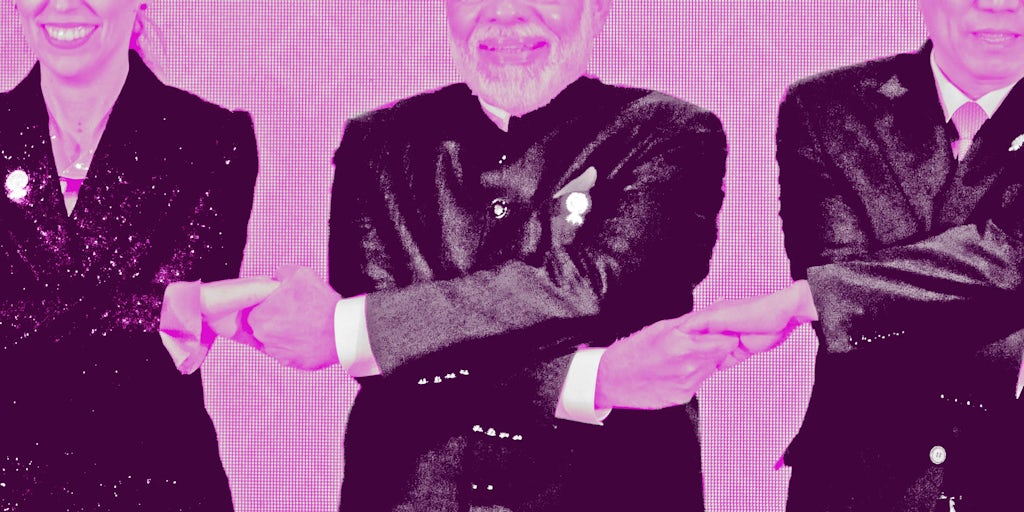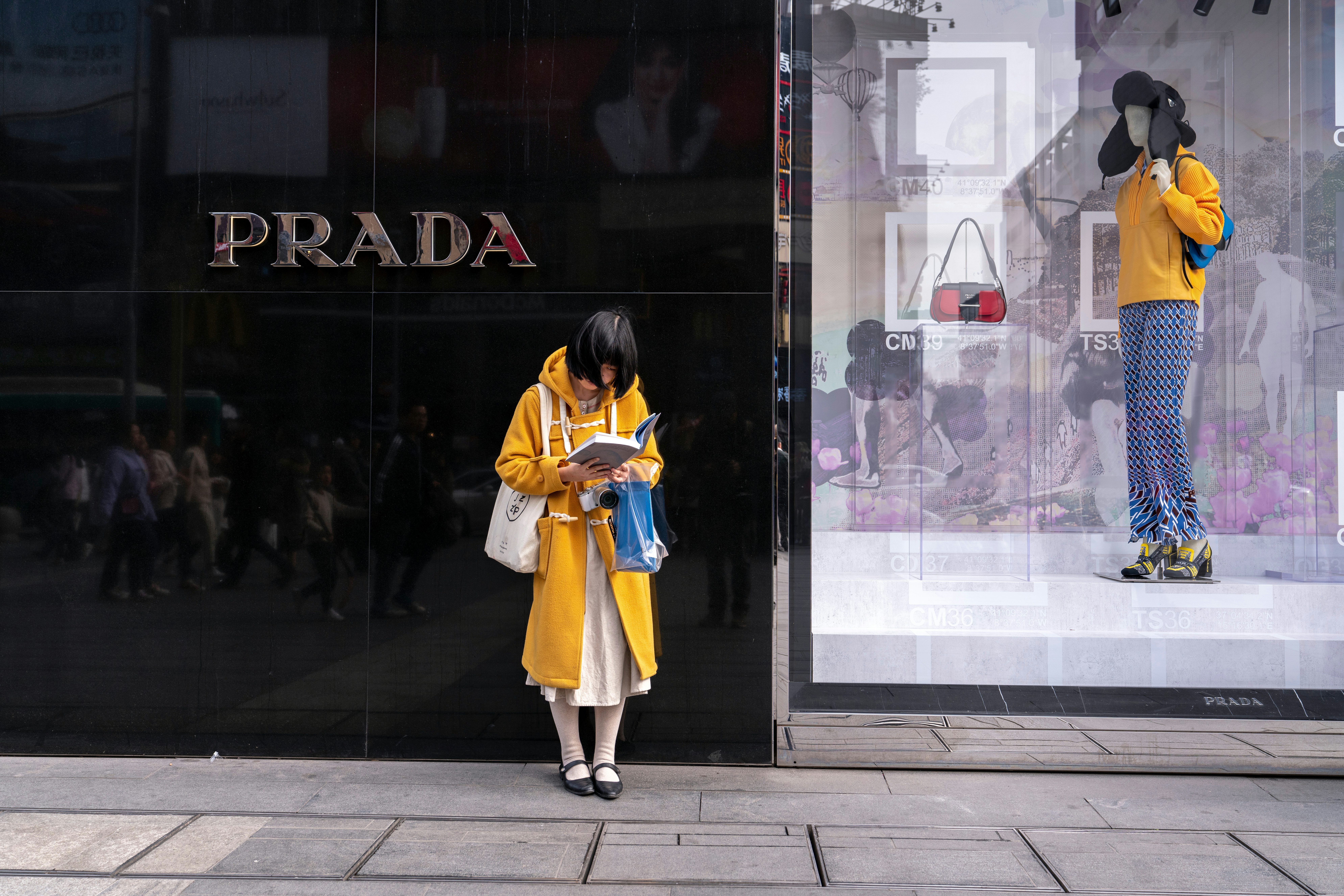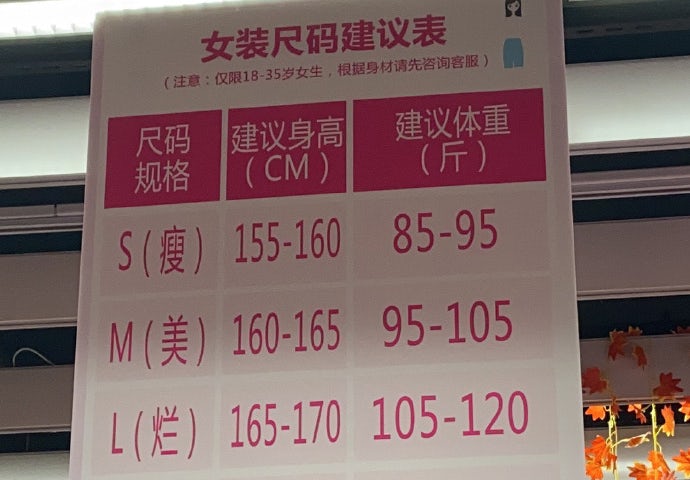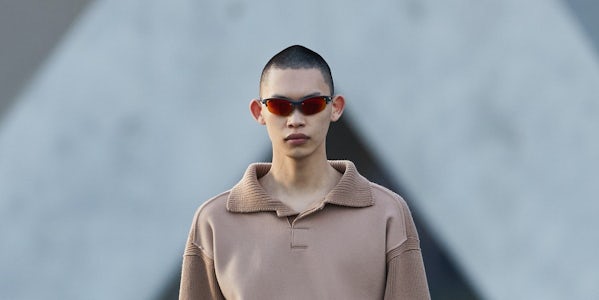What the World’s Largest Trade Agreement Means for Fashion | China Decoded, BoF Professional

China is being lauded as a big winner in a newly signed agreement reducing trade barriers across 15 countries in the Asia-Pacific region. The Regional Comprehensive Economic Partnership (RCEP) accounts for approximately 30 percent of the global economy, and almost one-third of the world’s population (2.2 billion consumers).
The trade agreement, which has been negotiated for eight years, has been widely described as significant, though it largely performs the function of reiterating the terms of several existing trade agreements between members of the Association of Southeast Asian Nations (ASEAN) — Brunei, Cambodia, Indonesia, Laos, Malaysia, Myanmar, the Philippines, Singapore, Thailand and Vietnam — and combining them into a single multilateral pact with non-ASEAN neighbours: Australia, China, Japan, New Zealand and South Korea to form the world’s largest trading bloc by some measures.
It shouldn’t escape the notice of fashion industry observers that a number of countries in this list represent major sourcing and manufacturing hubs, as well as an increasingly important group of consumer markets for global fashion and beauty brands.
“RCEP matters significantly for the textile and apparel sector,” said Dr Sheng Lu, associate professor of fashion and apparel studies at the University of Delaware, who has long researched the potential impact of an RCEP-like agreement. He points to UN statistics that show, in 2019, the 15 RCEP members jointly exported $374 billion worth of textiles and apparel, 50 percent of the world’s total.
RCEP matters significantly for the textile and apparel sector.
The basic structure of the deal includes 20 chapters, making RCEP a comprehensive trade agreement that includes commitments in areas like goods, services, investment, intellectual property rights, competition, trade remedies, standards, e-commerce and dispute settlement. Notable areas that remain untouched by the deal include environmental protections and labour rights. This is a concern for obvious reasons, but in particular because countries with notably poor records on labour rights are signatories.
“If firms want to include their own private standards on these topics, they can do so. But there is nothing in the agreement that helps or hinders such actions,” explained Deborah Elms, executive director of the Asian Trade Centre consultancy, adding that textile and apparel markets are among the industries directly impacted by the deal.
Because the tariffs for textiles and apparel in existing deals, including the CPTPP, are relatively high, “if RCEP cuts these, potentially down to zero and possibly in short order, the savings [for global textile and apparel manufacturers that keep supply chain links within RCEP countries] could be significant,” she said.
In addition to providing a road map for how trade will be conducted within Asia moving forward, another reason RCEP is so significant is that it constitutes the first trade agreement between East Asia’s economic giants: China, Japan and South Korea.
The message to other giants in the international trade arena such as the US and EU seems clear: Asia is codifying its own trade rules and moving as a largely cohesive unit. At a time when the world at large is struggling to contain the pandemic and get to grips with the accompanying economic fallout, the RCEP signatories — countries that have largely done a better job than most of containing their respective Covid-19 outbreaks — are ready to move into recovery mode together.
The fact that such a massive, multilateral trade deal has been signed at all is something of a miracle in an age in which the traditional powers of trade have been retreating from globalisation in many ways, from Donald Trump’s “America First” policy to Brexit rupturing the European Union’s traditional trading bloc. The free trade mantra of the 1990s and early 2000s may not be quite done for yet, if rising Asian economies have anything to say about it.
Winners and Losers
Though headlines characterising RCEP as China-led have been deemed misleading by China and other signatory nations, it’s not difficult to see why China is seen as a winner in this deal, which it long pushed for.
Chinese Premier Li Keqiang said after the online signing on November 15 that multilateralism and free trade “still represent the right direction of the world economy and mankind”, and for the largest economy in the RCEP bloc, that is certainly true.
Though he was quick to concede the agreement is likely to benefit all 15 countries that have signed on to RCEP, APAC chief economist at intelligence provider IHS Markit, Rajiv Biswas, said that “China has the largest economy at the RCEP table, which in combination with its vast domestic consumer market, gives it considerable leverage in future RCEP trade negotiations.”
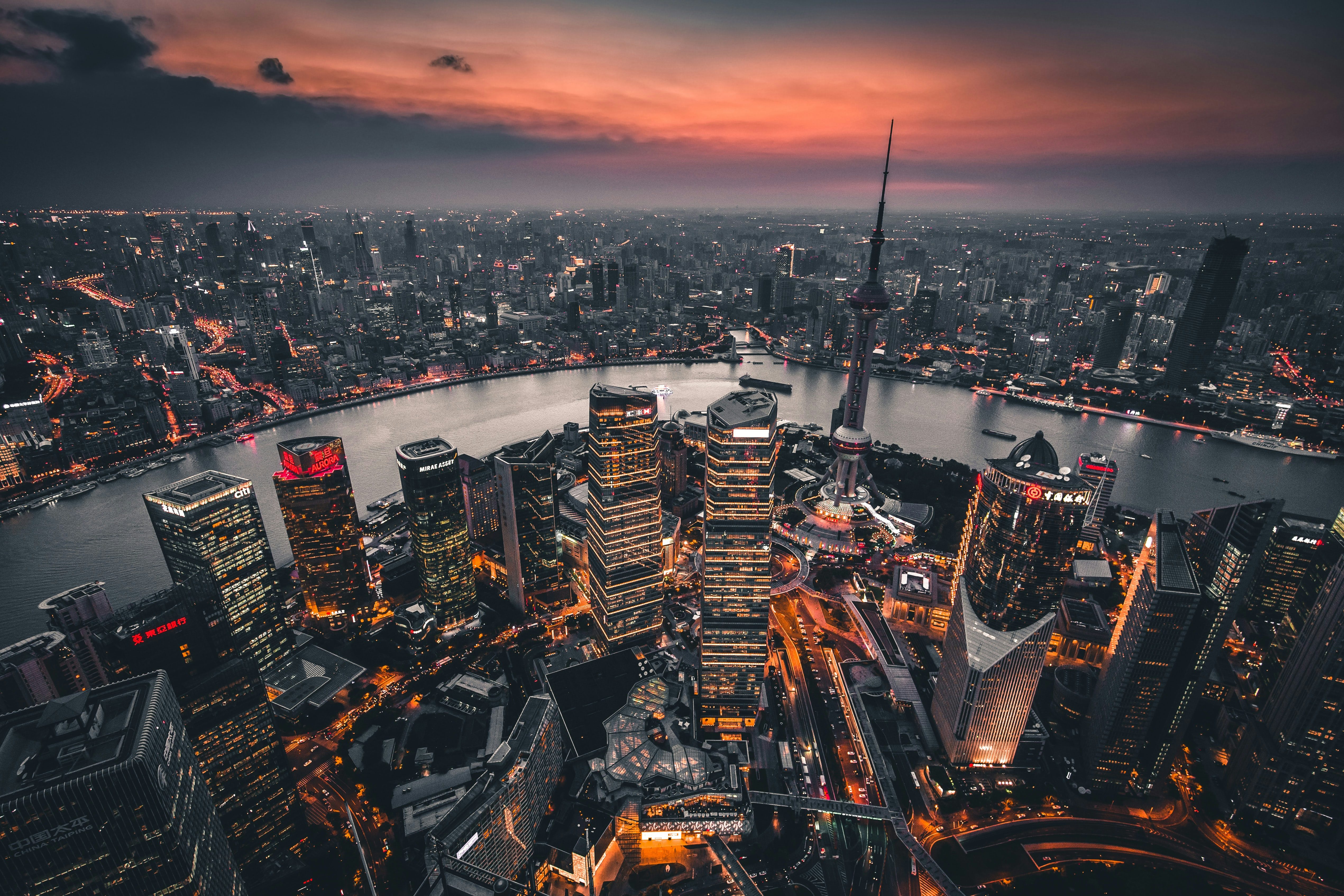
Shanghai at night | Photo: Denys Nevozhai
According to a report from the Beijing-backed Chinese Academy of Social Sciences (CASS), the deal will “provide a new growth driver for the Chinese economy.” It estimated that over 10 years, RCEP will add 11.4 percent to China’s already significant exports.
The agreement also has the added benefit of sidelining China’s major economic rivals. Its trade war rival, the US, is not a signatory to the RCEP deal and pulled out of negotiations for another major regional trade deal, the Trans-Pacific Partnership (TPP), in 2017 when President Donald Trump took office. It is now known as the Comprehensive and Progressive Agreement for Trans-Pacific Partnership or CPTPP, and came into force nearly two years ago with seven RCEP countries among its signatories.
Southeast Asian apparel producers will have access to duty free textile imports from China but India won’t.
Likewise, India, which has seen its economic rivalry and border conflicts with China escalate this year, pulled out of RCEP negotiations in 2019 over concerns about cheap Chinese imports flooding its market.
When it comes to the fashion industry and its interconnected web of supply chain links weaving their way across the Asian continent, India may be one of the biggest losers from this deal, along with Bangladesh, as their considerable textile and apparel sourcing and manufacturing sectors could become less competitive than intra-Asian supply chain links that remain within RCEP.
Fast Retailing, the company behind fast fashion giant Uniqlo, previously said it would like to move more sourcing to India, presumably in part to help spur growth there, potentially shifting production out of China, where more than half of Uniqlo’s products are currently produced. India’s foreign direct investment regulations stipulate international brands must source 30 percent of products sold in the market from India.
The tightening of supply chain integration in South East Asia and China due to the RCEP agreement may prompt a rethink of that strategy, as Southeast Asian apparel producers will have access to duty-free textile imports from China but India won’t, making a shift from China to Southeast Asia a potentially cheaper and more convenient option than a shift from China to India.
Integrating a Complicated Chain
The fashion industry once relied largely on China to be its “factory of the world” but, over the past decade, it has sought out new markets where wages are lower, and increased its diversification more generally to protect against shocks such as the increase in tariffs resulting from the US-China trade war, and the kind of unforeseen supply chain disruptions that have resulted from this year’s coronavirus pandemic, for example.
Consequently, the fashion industry has a lengthening and incredibly complicated supply chain, which often runs across multiple countries. Raw materials and textiles are commonly sourced from one country, then shipped to other countries for assembly. What RCEP will do is essentially help determine which countries that chain runs through, advantaging member countries over those that have not signed on to the deal.
Major international fashion retailers such as H&M, which currently have a diverse range of suppliers across Asia (and the rest of the world), might be able to take advantage of RCEP’s integrated supply chains in order to cut costs on low-margin products if links in their chain are more concentrated within the RCEP trading bloc. It’s likely many global retailers and will be doing the maths to see whether they would be better placed shifting production to the 15-country zone.
Probably the biggest upside is exporters will need just one certificate of origin to trade with any and all the other RCEP members.
While China remains the largest exporter of apparel on the planet, its share continues to fall, while those of other Asian countries rise. But even as China exports less apparel, it is exporting more fashion textiles to lower-cost markets like Vietnam and Bangladesh where garments are assembled. Now there is an important new factor to consider when brands make a choice between these two sourcing hubs.
Following the signing of RCEP, global fashion brands with multinational supply chains will be incentivised to keep these links within the RCEP region because the process of exporting textiles from China to other RCEP countries like Vietnam or Cambodia for assembly will be easier and subject to fewer barriers than to non-RCEP countries like Bangladesh, India or Pakistan. The country of origin provisions within the deal mean that items made in any RCEP country will be treated the same.
“Probably the biggest upside is exporters will need just one certificate of origin to trade with any and all the other RCEP members,” Biswas explained.
American fashion companies in particular have been moving production out of China for items intended for the US market, due to increasing tariffs on imports from China caused by the ongoing trade war. Only a few years ago, Levi’s sourced 16 percent of products for the US market from China. In recent years, the brand has reduced that share to less than 2 percent, increasingly offshoring production to Vietnam and Bangladesh, or working with existing Chinese suppliers with subsidiaries in South East Asia. The RCEP agreement will accelerate these moves, increasingly in favour of RCEP signatories.
According to Alicia García Herrero, chief economist for Asia Pacific at Natixis, RCEP will also speed up the pace of “Chinese outward foreign direct investment into ASEAN [countries].”
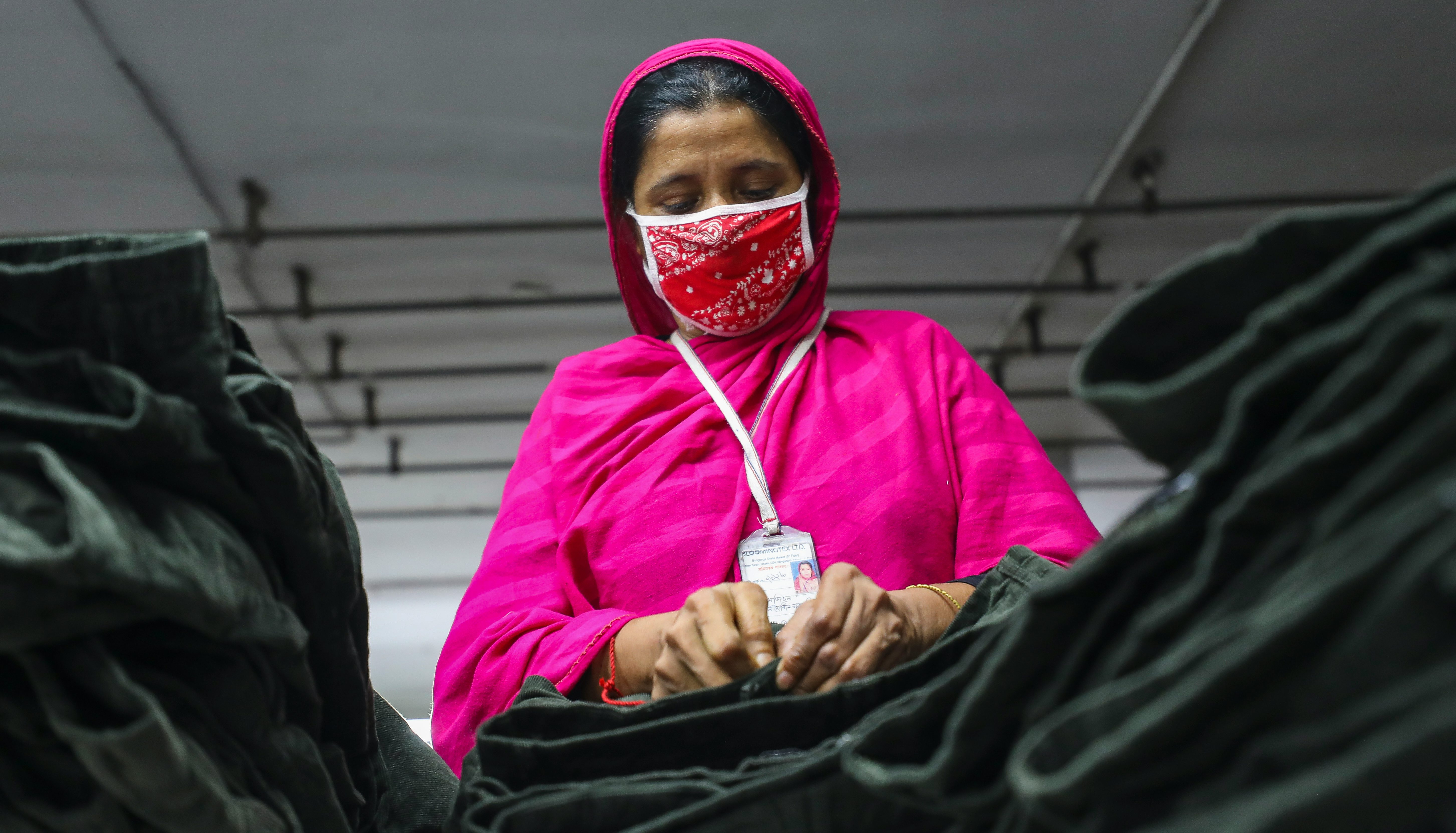
A garment worker in Dhaka, Bangladesh. Getty Images.
Exact information about what tariffs will apply to textiles, for example, within the RCEP region remains a complicated question. Though the RCEP agreement significantly lowers tariffs on many items traded between member countries, it doesn’t eliminate all of them, with some tariff reductions being phased in over decades, in some cases.
In a trade deal that runs over 510 pages with thousands of pages of associated schedules, these things will take some time to unravel. To get a sense of the task ahead, Elms points out the Korean tariff schedules alone run to 2743 pages and, within those schedules for each country, those pertaining to textiles and apparel are “fiendishly complicated,” because of the array of materials and methods used to create them.
“RCEP members have committed to reducing the tariff rates to zero for most textile and apparel traded between RCEP members on day one after the agreement enters into force,” Lu explained. “That being said, the detailed tariff phase-out schedule for textile and apparel products under RCEP is very complicated … [and any] companies interested in taking advantage of the duty-free benefits under RCEP need to study [them] in detail.”
Even though the US and EU are not party to the RCEP deal, multinational fashion brands that are based there importing products from RCEP countries in Asia will also benefit from the ease of doing business across the region.
According to Lu, in 2019, close to 60 percent of US apparel imports came from RCEP members, up from 45 percent in 2005. Likewise, in 2019, 32 percent of EU apparel imports came from RCEP members, up from 28 percent in 2005. The integrated supply chain within RCEP makes it likely that the share of apparel exported from member countries to the US and EU (the two largest apparel import markets in the world) will also increase.
The Rising Asian Consumer
While the US and EU will obviously remain key export markets for RCEP members, this deal is also a nod to the increasingly important role Asian consumers will have in a post-pandemic world.
This aspect of the deal is a significant positive for China, which as a major manufacturing country with brand-building ambitions (including in the fashion and beauty space with rising domestic success stories such as Li Ning and Perfect Diary) will rightly be looking at more open Asian markets with growing middle classes as a boon for its exports.
The opening of these markets also takes some of the pressure off China’s reliance on its domestic consumption to drive growth, even as its consumers continue to step up and support the global economy since China emerged from the worst of its own Covid-19 outbreak back in April.
“There is no trade policy intent in the RCEP agreement for members to try to ‘decouple’ from their major export markets in the US or Europe,” Biswas said. “However, the deal also recognises that the Asia-Pacific region is the fastest-growing part of the world economy and that the future rapid growth of Asian consumer markets in nations like China, Indonesia and The Philippines will be important drivers for future export growth.”
Indeed, RCEP not only strengthens Asia’s already central role in the global fashion supply chain, it also highlights the importance Asian consumers will have for some time to come.
时尚与美容
FASHION & BEAUTY
Van Cleef & Arpels is fighting in Chinese court to protect its signature clover shape. Van Cleef & Arpels.
Van Cleef & Arpels’ Trademark Trouble in China
Van Cleef & Arpels has been fighting to regain a trademark for the specific clover shape used in its famous Alhambra range of jewellery that it first obtained back in 2016, but had been rescinded earlier this year: a Chinese citizen named Qingyu Bi challenged the registration with the China National Intellectual Property Administration (CNIPA) on the grounds that the clover shape lacks the distinctiveness to be legally registered. Following that loss, in July, Van Cleef took its case to the Beijing Intellectual Property Court, trying to prove that the clover mark is an original design created by — and associated with — Van Cleef. The court agreed with CNIPA and now, Van Cleef is appealing the decision to the Beijing High People’s Court, in a case currently underway. (Jiemian)
China Beauty Sector to be worth $97.9 Billion by 2024
China is expected to have a cosmetics and toiletries sector worth $97.9 billion by 2024, growing at a compound annual growth rate of 6.2 percent from $72.6 billion in 2019, according to new research released by GlobalData. Though the market — particularly at the high end — continues to be dominated by major international brands, local brands are increasing in popularity as consumers look to tradition and heritage, including ingredients and rituals from traditional Chinese medicine, the report said. Younger beauty consumers and the Covid-19 pandemic also mean that Chinese beauty is turning more local and digitising at a rapid pace. (Retail in Asia)
科技与创新
TECH & INNOVATION
JD.com’s Luxury Express service. JD.com.
JD.com and Vipshop Q3 Earnings Show Revenue Gains
China’s e-commerce players continue to benefit as shoppers move online in the world’s biggest market for fashion and luxury. JD.com sales for the quarter ended September 30 reached 174.21 billion yuan ($26.5 billion), beating analysts’ expectations of 170.5 billion yuan. The company’s stock has more than doubled in 2020. In the same quarter, Vipshop’s total revenue was 23.2 billion yuan ($3.54 billion), an increase of 18.2 percent compared to the same period last year, and net profit soared 42.1 percent to 1.2 billion yuan ($183 million). The total GMV of commodity transactions rose 21 percent and the total number of orders in the third quarter was up 35 percent. (Ladymax)
Baidu Hopes $3.6 Billion Livestreaming Deal Will Boost Stagnant Revenue
Seeking to break an addiction to online advertising, Baidu has paid $3.6 billion in cash for YY Live, the domestic livestreaming business of video-based social media platform Joyy, the tech firm said in a statement. The takeover will give Baidu access to YY Live’s 4.1 million paying users as the search engine giant struggles against runaway upstarts like TikTok-owner ByteDance. The deal, which is expected to close in the first half of 2021, will include the YY mobile app, YY.com website and PC YY. (Caixin Global)
消费与零售
CONSUMER & RETAIL
A shopper outside a Prada store in Chengdu. Shutterstock.
October Retail Sales Rise, But Miss Expectations
Retail sales in China rose 4.3 percent year-on-year in October, according the country’s National Bureau of Statistics. Though this beat the previous month’s rise of 3.3 percent, analysts had been hoping for more of a bump in a month that included the nine-day national “Golden Week” public holiday period. Though domestic tourism did see a considerable rebound over the holiday period, it was still below last year’s levels. National Statistics Bureau spokesman Fu Linghui told reporters that China’s fourth-quarter economic growth will accelerate from the third quarter. China’s economy grew 4.9 percent in the third quarter from a year earlier, but annual growth could slow to just over 2 percent for 2020. (National Bureau of Statistics)
Chinese Consumers Willing to Spend More Money: InTime CEO
China’s consumers want to spend more money but they have cut down the time spent on the shopping journey, Chen Xiaodong, CEO of Alibaba-owned InTime Department Stores said. Chinese shoppers are particularly willing to pay a lot of money on luxury goods and cosmetics, he added. InTime is one of the largest department store operators in China and was acquired by tech juggernaut Alibaba in 2017. Chen explained that InTime was already tapping into the trends around online shopping such as livestreaming before the pandemic hit, but that the virus had sped up “the digitisation procedure for the physical stores.” (CNBC)
政治,经济与社会
POLITICS, ECONOMY, SOCIETY
RT-Mart’s fat-shaming measurement chart. Weibo.
Retailer Apologises for Fat-Shaming Clothing Size Labels
RT-Mart, a Taiwanese big-box retailer invested in by Alibaba that has hundreds of outlets around China, has apologised for a measurement chart in a store in the Chinese mainland that described sizes ranging from small to XXL as “Slim,” “Beautiful,” “Rotten,” “Extra Rotten” and “Rotten to the Core.” The chart was first noticed by a customer who took to Weibo to criticise the retailer. Soon, photos of the chart, which specified that the clothes were for women between the ages of 18 and 35, began circulating online, prompting an apology from RT-Mart. In China, women in particular are increasingly speaking out about the narrow beauty standards that have long predominated in the country. (The New York Times)
Two Chinese Women to Fight for UFC Title?
A few years ago, UFC had no Asian champions. Now, two Chinese women may fight for the strawweight title. Liaoning-born mixed martial artist Yan Xiaonan recently defeated former title contender Claudia Gadelha at UFC Vegas 13, expanding Yan’s UFC win streak to six, the longest in the women’s strawweight division. Now, she wants a shot at the title, issuing a direct challenge to the division’s standing champion Zhang Weili. With the UFC trying to establish inroads into the China market, it would be natural to hold the historic match-up in China — although, amid pandemic travel concerns, the road toward that event is unclear at best. (Radii)
China Decoded wants to hear from you. Send tips, suggestions, complaints and compliments to our Shanghai-based Asia Correspondent [email protected].

